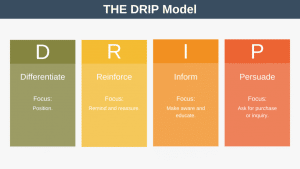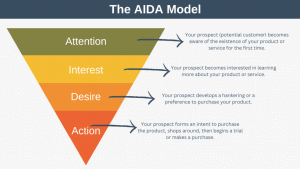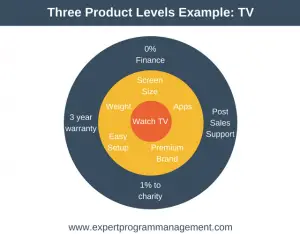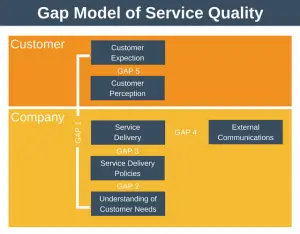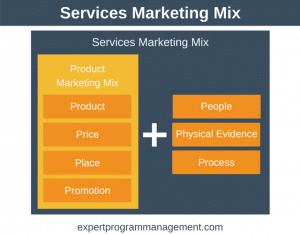STP Marketing Model (Segmenting, Targeting, Positioning) is a framework that simplifies the process of market segmentation.
Your marketing will be much more successful if you segment your market into groups, target the right groups, and position your products and services towards those groups.
There isn’t a product in existence that should target everyone as its customer. There is no one size fits all. Even a company like Coca-Cola, operating in over 200 countries and selling to well over a billion people per day, offers different products to suit different types of people.
A mistake many companies make is to think that anyone can be their customer. Taking this approach can make it difficult to sell your product or service because none of your prospective customers will feel as though your solution is tailored to them and their needs.
To achieve easier sales, you can use the STP marketing model to divide your market into segments, select the most attractive segments, and then position your product or service in the marketplace to be the most appealing to your target segments.
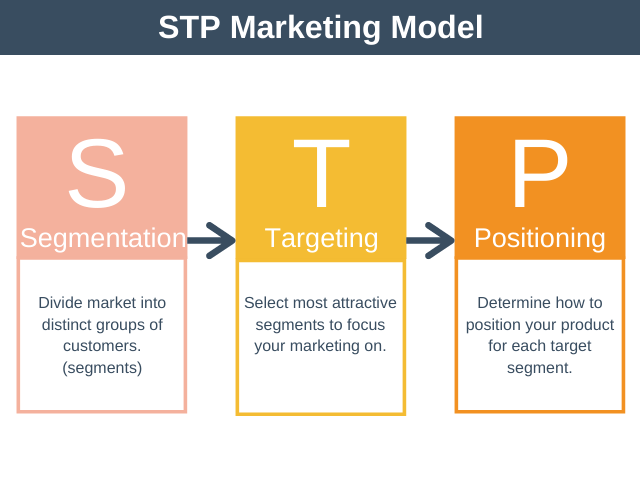
Let’s example each step of the STP model in more detail.
1. Segmentation
The first step of the STP process is to segment your market. In this step, you divide your market into groups (segments) based on some criteria. There are a number of criteria you can use to segment your market:
- Demographic: Dividing your market based on any combination of age, gender, income level, education level, marital status, occupation, ethnicity, etc.
- Geographic: Sorting your market by country, region, state or province, city or urban area, neighborhood, etc.
- Psychographic: Segmenting people by lifestyle, hobbies, activities, opinions, religious views, political affiliation, entertainment choices, personality traits, attitudes, etc. While demographic information explains “who” your potential customer is, psychographic information explains “why” they buy.
- Behavioral: Breaks down your market by how they use the product, including how the purchase was financed, brand loyalty, usage level, key benefits sought/key features used, etc.
When you divide your market into segments and then focus your marketing on a specific segment driven by the information you’ve gathered about that segment, then you are much more likely to be successful than if you simply created a one size fits all generic marketing campaign.
2. Targeting
Targeting involves deciding which of the segments you’ve identified are the most attractive. Essentially, you’re trying to determine the commercial attractiveness of each segment.
There are a number of factors you can consider to do this:
- Size: of the segment and it’s potential to grow in size.
- Profitability: of the segment. What segments are prepared to pay the most for your product or service? What is the lifetime value of a customer (LTV)?
- Ease of reach: How easy or difficult it is for you to reach the market with your marketing? Can your distribution networks easily reach this segment? What is the cost of acquisition of a customer for this segment (CAC)?
Ultimately, it isn’t just the size of a segment you should consider but the overall profitability of each segment. Ideally, you’d like to find a growing and highly profitable segment where the lifetime value is large (LTV) and the cost of acquisition (CAC) is low.
PEST analysis and SWOT analysis can be useful strategy tools to help you think about the opportunities and threats that might affect each market you are considering.
3. Positioning
In the final step, positioning, you map out the different variables considered in the previous two steps and position your product differently to your competitors in the minds of your customers.
You want your product or service to take a unique position in the market. In marketing terms, this is called your value proposition.
There are three standard ways you can position your product to achieve a competitive advantage.
- Functional Positioning: refers to solving a problem or providing a benefit to customers.
- Symbolic Positioning: refers to enhancing the self-image, ego, or belongingness needs of your customers. Luxury cars market themselves using symbolic positioning. They get you from A to B just like any other car, but unlike other cars, they fulfill their customer’s self-esteem and ego needs.
- Experiential Positioning: refers to focusing on those elements of your product or brand that connect emotionally with your customers.
Ideally, you want your product or brand to combine all three positioning factors to put it at a competitive advantage to your competitors in that segment.
One way of drawing your position, showing what’s important in the mind of your customer, is to put together a market map or market positioning map. For example, consider this positioning map for the car market.
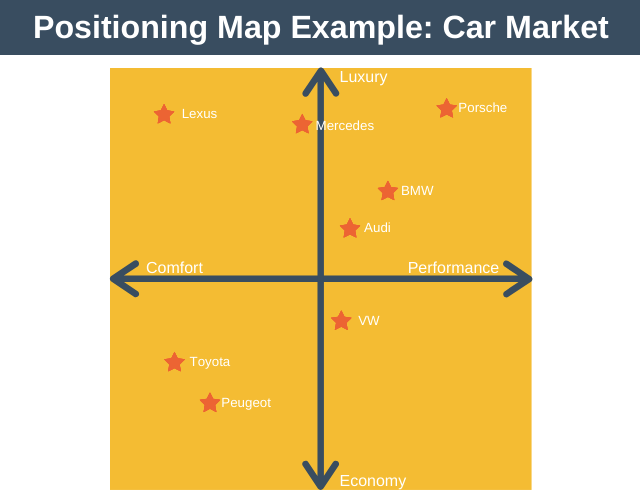
This diagram is obviously just a simple example and doesn’t show all manufacturers, but what it does allow us to see is that there is perhaps a gap in the market for an economic performance car as no other company is competing in this space.
STP Model Example
Imagine the year is 2009 you want to write a book about outsourcing. Initially scanning the market you see that most books are pretty generic in nature having non-benefit led titles such as the book below:
Let’s proceed through each of the steps of the STP marketing model to see if you can do a better job of marketing your outsourcing book.
1. Segment
What segments can we identify that might be interested in your book? Well, two obvious segments interested in outsourcing are startups and large corporations. Both of these segments have a potential need to outsource so they can grow.
2. Targeting
At first glance, it looks as though large corporations would be the most profitable segment.
However, upon analyzing the market you discover that startups and single-person businesses are a faster-growing segment, that they are very willing to pay to make their businesses a success, and that they are easier to reach than people interested in outsourcing within large corporates. You, therefore, decide to target your marketing on startups and single-person businesses.
3. Positioning
Finally, you examine the three elements of positioning: functional, symbolic, and experiential. The end result of this process could have been the creation of a book such as this:
This book is essentially a book about outsourcing but positioned in a very unique way. The author of this book, Tim Ferris, sold more copies of this book than all other outsourcing books combined. He did this by appealing to the market using all three positioning factors:
- Functional: The book gives us a process we can use to escape the 9-5.
- Symbolic: It’s fulfilling our ego needs by telling us that we can join the new rich.
- Experiential: The picture of a business owner in a hammock on the beach connects with us emotionally – what business owner doesn’t want more free time.
This example shows you the real power of the STP model, enabling you to create a unique product in the minds of your customers so you can dominate your chosen segment.
Advantages and Disadvantages
There are a number of advantages and disadvantages associated with the STP marketing model.
Advantages
- It allows you to increase sales by defining a precise target market and then positioning products directly at these segments.
- It helps you to identify gaps in the market.
- It helps you avoid wasting money by advertising to the whole market.
- The STP marketing model allows small companies and startups, who can’t compete with the bigger whole-market players, to find success in niche markets.
Disadvantages
- Costs can increase if you have to produce multiple versions of your product or service.
- You will need to create different marketing campaigns and collateral for each segment you decide to target. Again, this increases your costs.
- You may need to use different distribution channels to reach different customer segments.
STP Marketing Model Summary
The STP Marketing Model is a three-step process designed to help you identify your most profitable customers and then tailor your marketing to the needs of those customers.
The three steps of the STP process are:
- Segmentation: Divide your market into segments.
- Targeting: Identify the most attractive segments to your organization.
- Positioning: Position your product or service to appeal to your target audience.



